As a teenager, the movie “My Sister’s Keeper” initiated my interest in saviour siblings. It portrays a young girl who tries to gain medical emancipation from her parents when urged to donate a kidney to save her leukaemia-stricken sister. After further research, I discovered that the movie addresses the ethics of saviour siblings. Consequently, it prompted questions, like whether it is right to do whatever is necessary to save a child’s life at the expense of infringing upon the rights of another?; and ultimately, is creating a saviour sibling ethical in the first place?
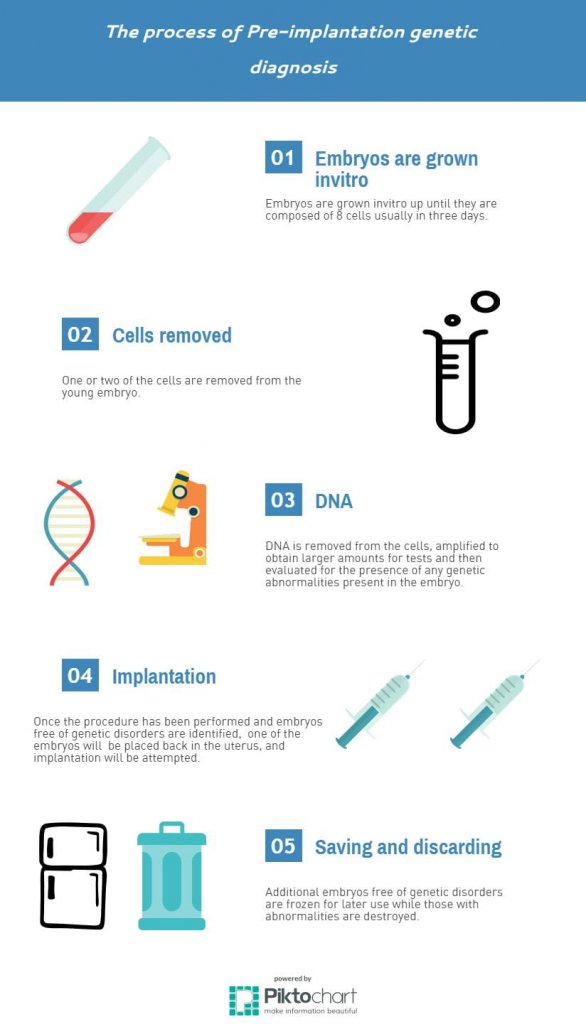
For those unaware, a saviour sibling is a child conceived through IVF. An embryo undergoes pre-implantation genetic diagnosis such as HLA typing to create a genetically compatible individual who can provide stem cells, blood, or organs to a sibling requiring them to live. Although creating a saviour sibling appears to be a noble endeavour, when addressing the ethics; three arguments are considered.
1. Saviour siblings as commodities:
This perspective stems from the idea that saviour siblings are a continuous and potentially expendable resource, contradicting Immanuel Kant’s maxim, “Never simply use people as a means, but always at the same time as an end”, and subsequently opposes the view of ethics as “right”. However, some argue that Kant’s assertion, in this case, doesn’t distinguish between having a child as a saviour sibling and having a child for another objective, like completing a family or saving a marriage, as the child is still a tool for serving a purpose. Thus, from a Kantian perspective, what is wrong is to create saviour siblings for a specific reason and then just discard them afterwards.

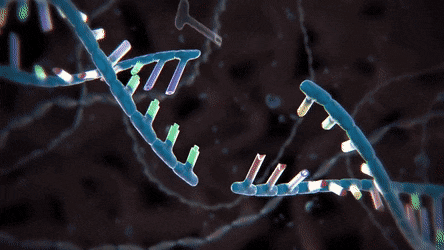
2. Saviour Siblings could lead to designer babies.
No!! Designer babies are not Gucci babies! They refer to genetically engineering pre-implantation embryos to influence the traits children will have. The creation of saviour siblings could be seen as a step towards pre-determining a child’s purpose and characteristics, illustrating a desire for perfectionism in a child by a parent rather than wanting them for who they are, thereby limiting their development as individuals. Furthermore, like the genetically “perfect” society in the sci-fi movie Gattaca, this argument allowed me to consider the path to negative eugenics that creating saviour siblings could create, selecting favourable traits to the detriment of people who cannot compete, and with the development of gene-editing tools like CRISPR-Cas9, such societal perfection and extreme segregation could be a misguided future reality.
3. The welfare of the saviour sibling
This argument considers the physical and emotional well-being of the saviour sibling. Alnasir et al. 2020 argue that regarding saviour siblings, the principles of beneficence and nonmaleficence of medical ethics are violated; since their creation and donation process carries no medical benefits for them but does impose potential harm, as they risk not only a painful invasive transplantation procedure but also abandonment and long-term detriment to their self-worth; if their donation is unsuccessful since their identity and value originate from being a cure to their older sibling.
Final thoughts
The conception of saviour siblings is an ethically controversial practice to which there is no clear answer; fortunately, this delicate process is regulated by the Human Fertilisation and Embryology Authority, authorising the creation of saviour siblings as per approved set conditions. Overall, this topic expanded my learning and prompted the conclusion that though it appears impossible to grasp the full extent of saviour siblings, the answer is that there may be no good answer, but as humans and a society, we must make decisions and applicable regulations for a virtuous future for those born to save another.

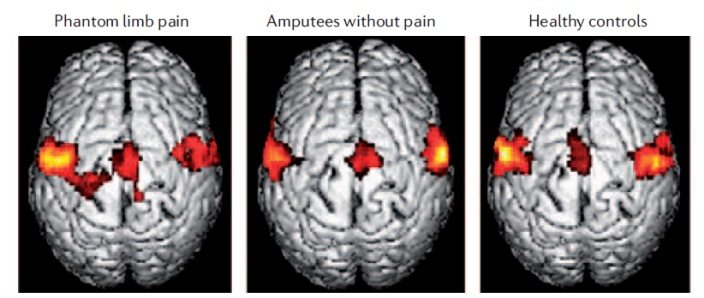
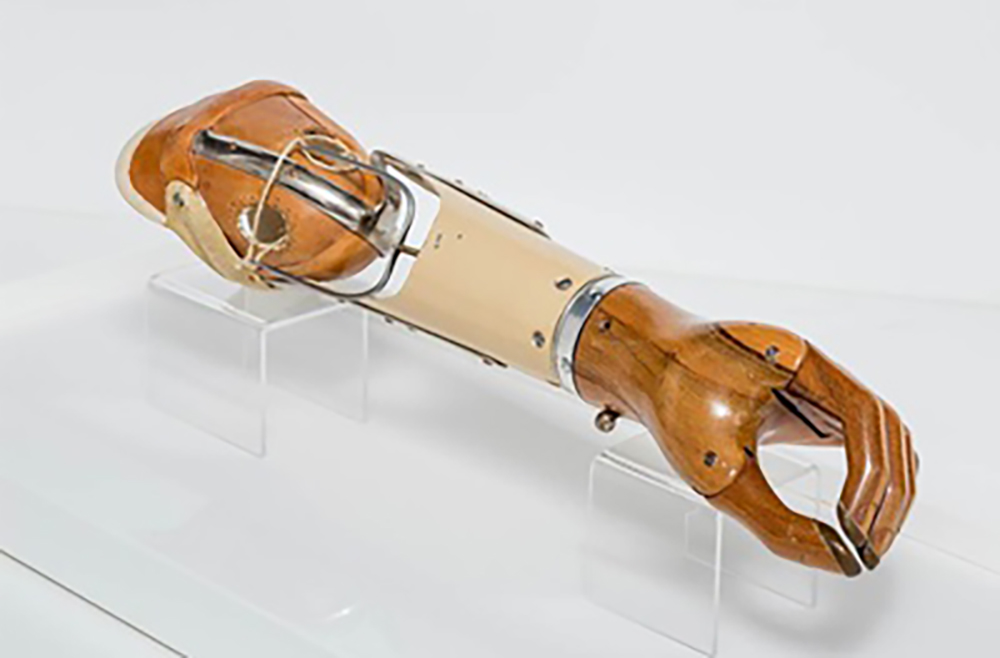


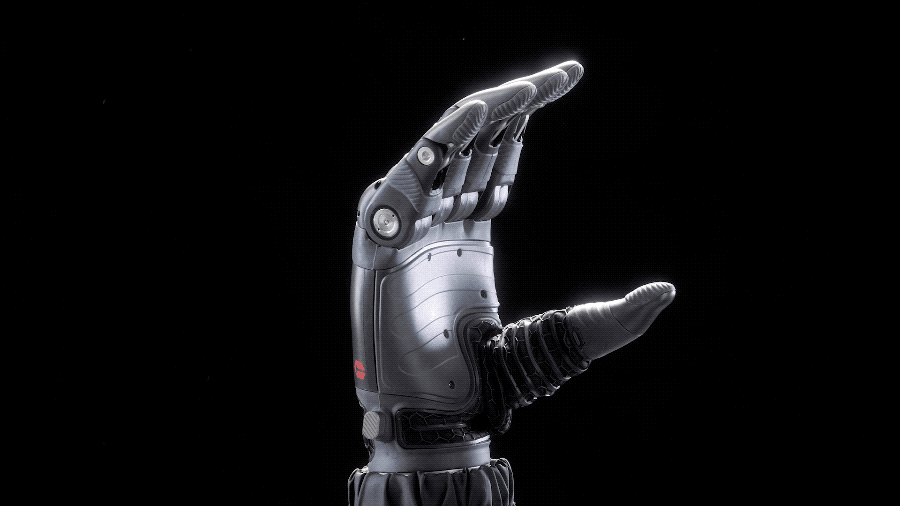

This is an initially reflective and well researched blog showing how you have chosen to explore the emerging field of…
This is a good attempt at a blog, where you reflect on your recent learning at a lecture/workshop to describe…
This is a fair to good blog, reflecting on your recent learning in some of your modules. You provide a…
This is an engagingly written and reflective blog focussed in general on ethics in medicine. You might improve by citing…
This is a good and well written an presented blog on an original subject - biofilms on implants. You explain…